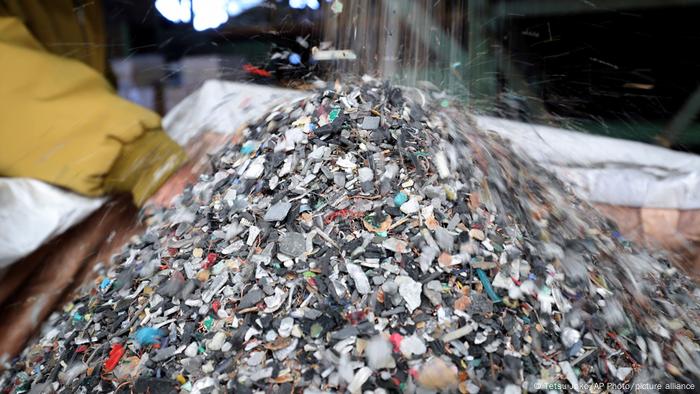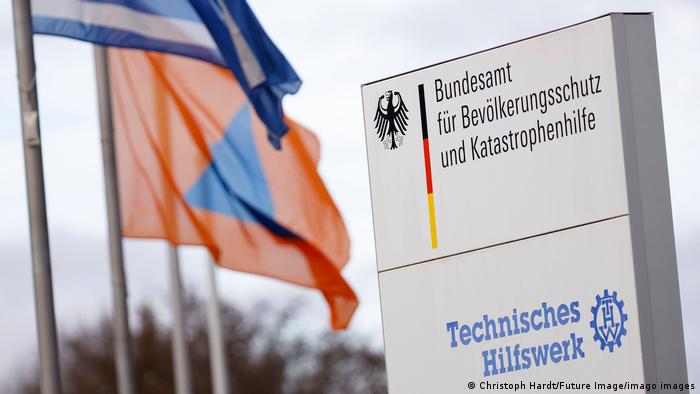The denim manufacturer has developed a sustainable dyeing process that cuts toxic pollutants from its production process.

© Tongra - stock.adobe.com
The denim manufacturer has developed a sustainable dyeing process that cuts toxic pollutants from its production process.
BioBlue Indigo slashes chemicals that contaminate wastewater from its denim dyeing process. The company does this by exluding Sodium hydrosulfite from the process, a difficult to transport, unstable and flammable chemical used to help infuse yarns with pigment.
Sodium hydrosulfite has long been used to convert indigo into its dye-friendly form yet it has also garnered criticism for being less than environment friendly. During the denim manufacturing process, it produces high concentrations of salt which are difficult to remove from wastewater and serve to further pollute the environment.
BioBlue is Advance Denim’s most recent investment in sustainable production.
The company managed to reduce energy consumption by 42% per yard of fabric as well as cut water consumption by 58%. The denim manufacturer succeeded in the latter through investment in a new reverse osmosis recycling system, allowing it to recycle 100% of wastewater generated in the denim finishing process.
Saving water in the manufacturing process is a key concern for Advance Denim. In 2020, the company launched Big Box dyeing. This revolutionary indigo dye process reduces water consumption by 85%, eliminates wastewater as well as decreases energy consumption by 25%.
The denim manufacturer originally committed itself to using less water, energy and chemicals in the dyeing process as well as to using recycled fibres, Tencel and organic cotton. After adopting the latter sustainable materials, dunking them in hazardous chemicals appeared counter-productive, which is why BioBlue Denim was launched.
“It is no secret that sodium hydrosulfite is environmentally unfavourable because it produces hazardous effluent that must be treated prior to discharge,” sustainability and textile chemical management expert Amanda Cattermole said. “Some of the compounds, including salts, coupled with the high PH required in dyeing, contaminate the environment if the effluent is not treated.”
The BioBlue process lessened chemical oxygen demand (COD) by 71% in the dye bath and by 34% in the first wash bath. BOD levels were slashed by 60% in the dye bath and 46% in the first wash. (COD measures the total amount of chemicals in wastewater while BOD calculates the oxygen levels needed for bacteria to break down organic chemicals in the water.)
Advanced Denim intends to continue investing in renewable technologies. The manufacturer hopes that 90% of its generated fibres will be sustainable by 2023.
The denim manufacturer has developed a sustainable dyeing process that cuts toxic pollutants from its production process.
BioBlue Indigo slashes chemicals that contaminate wastewater from its denim dyeing process. The company does this by exluding Sodium hydrosulfite from the process, a difficult to transport, unstable and flammable chemical used to help infuse yarns with pigment.
Sodium hydrosulfite has long been used to convert indigo into its dye-friendly form yet it has also garnered criticism for being less than environment friendly. During the denim manufacturing process, it produces high concentrations of salt which are difficult to remove from wastewater and serve to further pollute the environment.
BioBlue is Advance Denim’s most recent investment in sustainable production.
The company managed to reduce energy consumption by 42% per yard of fabric as well as cut water consumption by 58%. The denim manufacturer succeeded in the latter through investment in a new reverse osmosis recycling system, allowing it to recycle 100% of wastewater generated in the denim finishing process.
Saving water in the manufacturing process is a key concern for Advance Denim. In 2020, the company launched Big Box dyeing. This revolutionary indigo dye process reduces water consumption by 85%, eliminates wastewater as well as decreases energy consumption by 25%.
The denim manufacturer originally committed itself to using less water, energy and chemicals in the dyeing process as well as to using recycled fibres, Tencel and organic cotton. After adopting the latter sustainable materials, dunking them in hazardous chemicals appeared counter-productive, which is why BioBlue Denim was launched.
“It is no secret that sodium hydrosulfite is environmentally unfavourable because it produces hazardous effluent that must be treated prior to discharge,” sustainability and textile chemical management expert Amanda Cattermole said. “Some of the compounds, including salts, coupled with the high PH required in dyeing, contaminate the environment if the effluent is not treated.”
The BioBlue process lessened chemical oxygen demand (COD) by 71% in the dye bath and by 34% in the first wash bath. BOD levels were slashed by 60% in the dye bath and 46% in the first wash. (COD measures the total amount of chemicals in wastewater while BOD calculates the oxygen levels needed for bacteria to break down organic chemicals in the water.)
Advanced Denim intends to continue investing in renewable technologies. The manufacturer hopes that 90% of its generated fibres will be sustainable by 2023.












